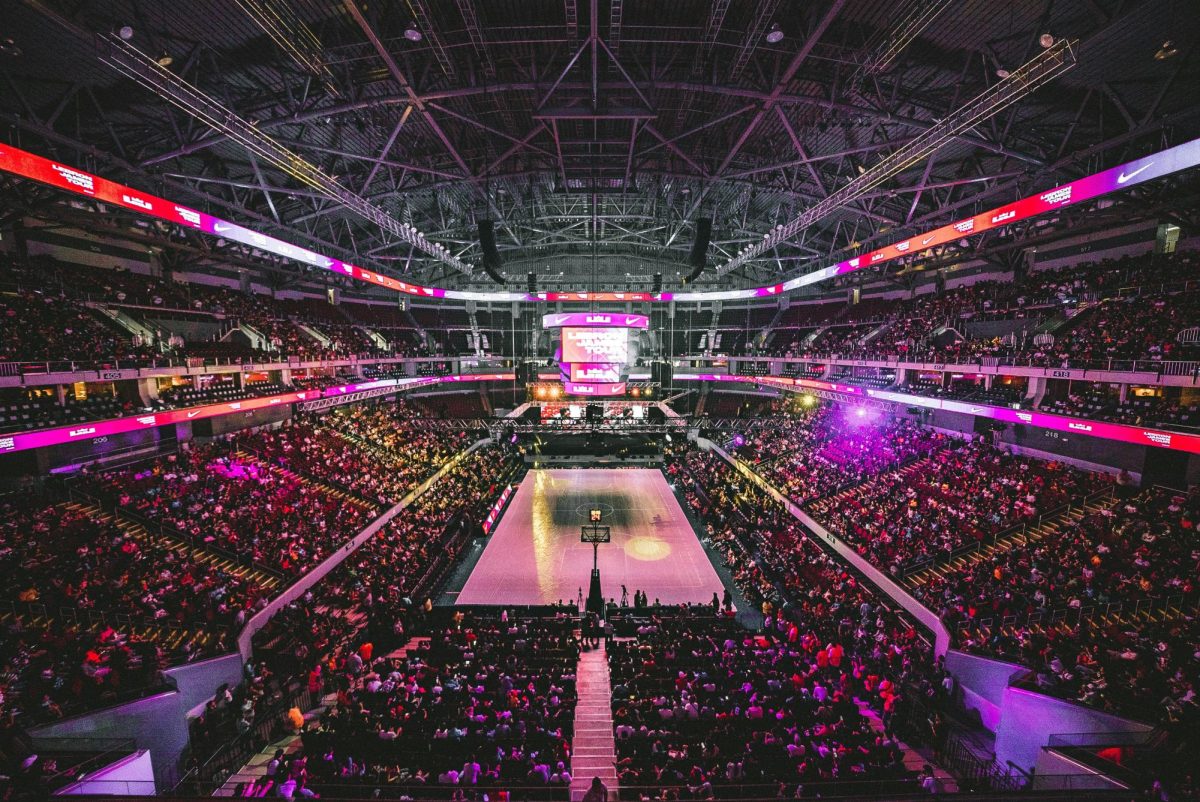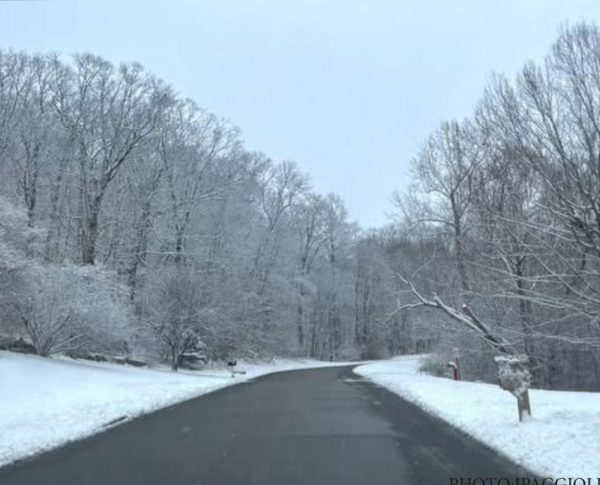The Willow Project: What You Need to Know
May 3, 2023
The Biden administration approved the Willow Project on March 13, despite the controversy surrounding it. This plan was originally proposed in 2020 by ConocoPhillips, an oil company based out of Houston, Texas, and approved by the Trump administration. The land they will drill on is National Petroleum Reserve – Alaska (NPR-A), and the region is about the size of Indiana. This is the nation’s largest piece of public land and a habitat for polar bears, migrating caribou and waterfowl. Because of ConocoPhillips’s existing leases in the area, it wasn’t legally possible for the Biden administration to fully reject Willow without being sued. Experts say the money from that possible lawsuit would allow ConocoPhillips to drill anyway, so the Biden administration didn’t have much of a choice. But, the nearly $10 billion project was slightly reduced in size from 2020. Though some road construction has started, most construction and use of equipment can only be done in the winter. Alaska’s winter season ends mid April. Most of the construction and drilling is predicted to start next year. Even with the massive amounts of oil that is estimated to be produced (567 million barrels over the next 30 years) it will not begin to hit the
market for a few years. Many politicians and Alaskans argue the Willow Project will create jobs in the area
and decrease America’s dependence on foreign oil. Other politicians and Alaskans living closer to the drilling project worry about health and environmental issues for the future. The project will add an estimated 9.2 million metric tons of earth warming carbon to the earth every year oil is drilled. As of now, the only preventative or steps is for large environmental groups such as Earthjustice to file complaints against the construction and irreversible damage that will be caused.















